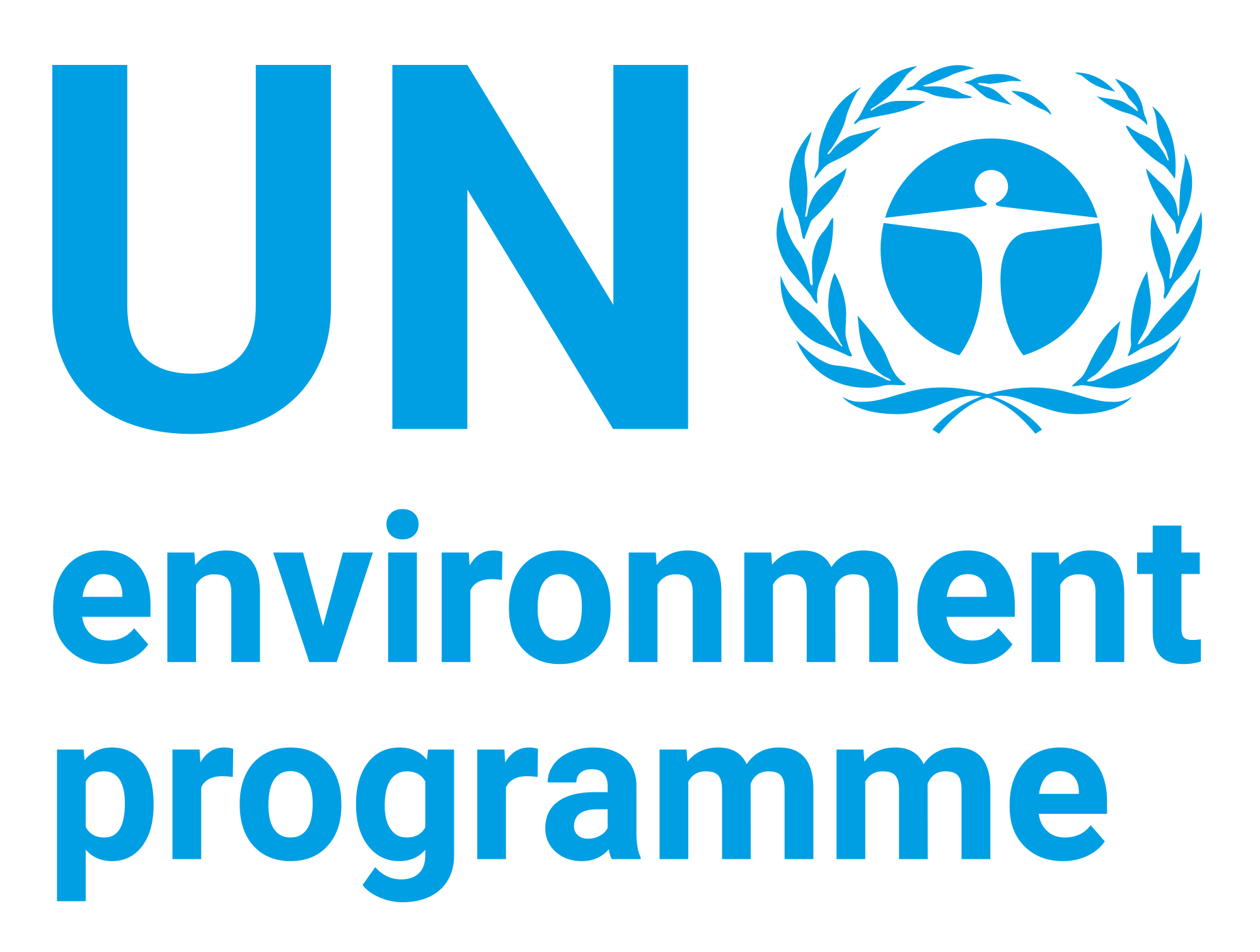| dc.contributor | Economy Division | en_US |
| dc.contributor.author | United Nations Environment Programme | en_US |
| dc.coverage.spatial | Global | |
| dc.date.accessioned | 2017-01-24T09:35:59Z | |
| dc.date.available | 2017-01-24T09:35:59Z | |
| dc.date.issued | 2006-05 | |
| dc.identifier.other | Vol. 10, No. 1 | |
| dc.identifier.uri | https://wedocs.unep.org/20.500.11822/14317 | |
| dc.description | The adoption of SAICM is a major achievement in the history of global chemicals management for many reasons. In addition to its multi-sectoral, multi-stakeholders nature, one particular aspect attracts special attention: the potential for integration of sound management of chemicals into the development agenda. Chemicals have become a part of our daily life, sustaining many of our activities, preventing and controlling diseases, and increasing agricultural productivity. They are therefore indispensable for development. However, for development to be sustainable, policies and responsible approaches to chemicals management need to be in place, aiming at ensuring the highest possible level of safety and protection of humans and the environment. In the UN Millennium Declaration, adopted in 2000, world leaders committed their nations to a global partnership to reduce poverty, improve health, and promote environmental sustainability. | en_US |
| dc.language | English | en_US |
| dc.language | French | en_US |
| dc.language | Spanish | en_US |
| dc.subject | mercury | |
| dc.subject | metal | |
| dc.subject | chemical | |
| dc.title | UNEP Chemicals Newsletter Vol. 10, No. 1 May 2006 | en_US |
| dc.title.alternative | Chemicals and Waste Newsletter | en_US |
| dc.type | Serials | |
| wd.identifier.sdg | SDG 3 - Good Health and Well-being | |
| wd.identifier.sdg | SDG 15 - Life on Land | |
| wd.topics | Chemicals and Pollution Action | |
| wd.identifier.pagesnumber | 2 p. | en_US |




